




placename:- Classe
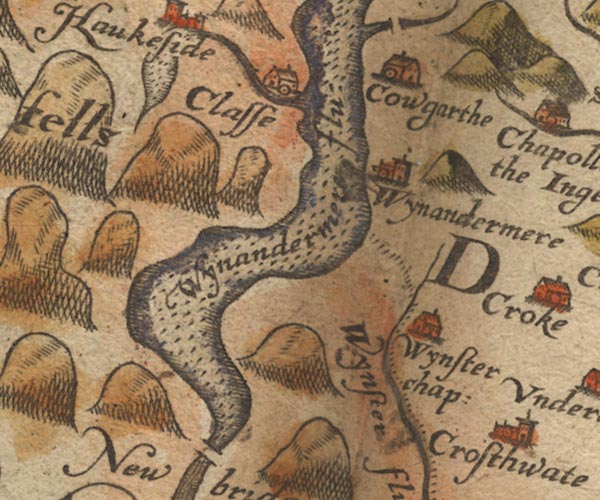
Sax9SD39.jpg
Building, symbol for a hamlet, which may or may not have a nucleus. "Claffe"
item:- private collection : 2
Image © see bottom of page
placename:- Classe
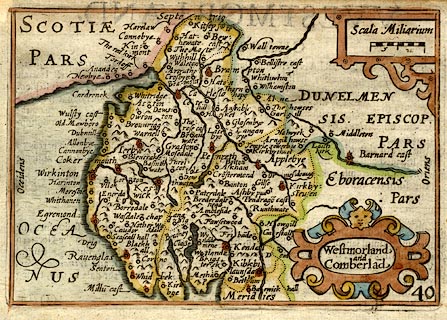 click to enlarge
click to enlargeKER8.jpg
"Classe"
dot, circle and tower; village
item:- Dove Cottage : 2007.38.110
Image © see bottom of page
placename:- Classe
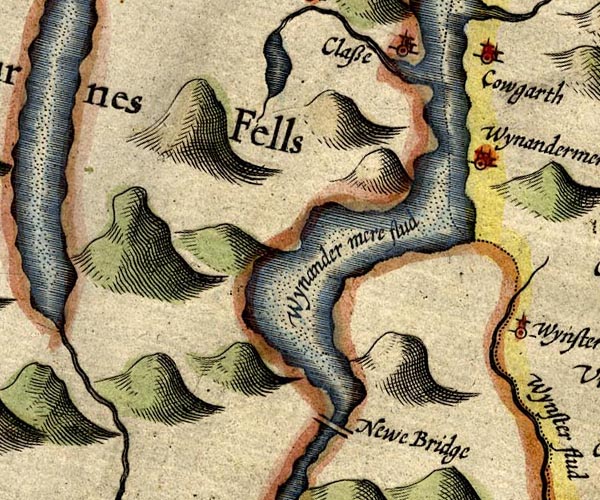
SP14SD39.jpg
"Classe"
circle, building and tower
item:- Armitt Library : 2008.14.5
Image © see bottom of page
placename:- Classe
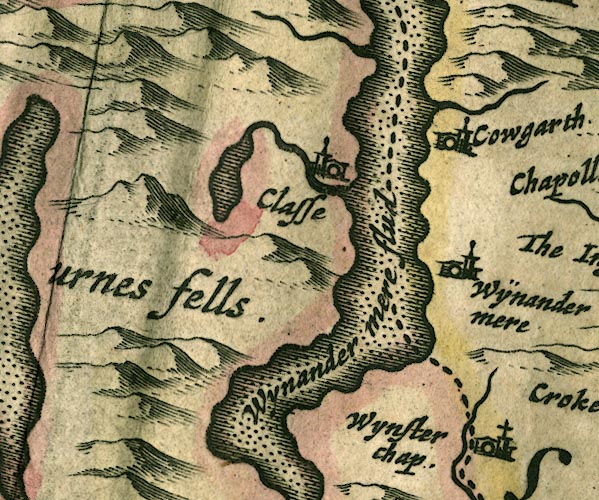
JAN3SD39.jpg
"Classe"
Buildings and tower.
item:- JandMN : 88
Image © see bottom of page
placename:- Classe
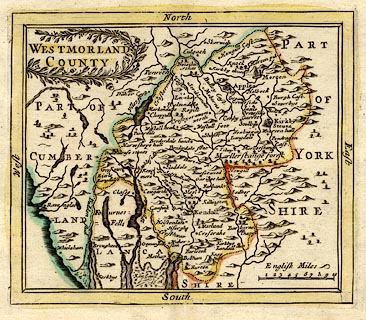 click to enlarge
click to enlargeSEL7.jpg
"Classe"
circle, italic lowercase text; settlement or house
item:- Dove Cottage : 2007.38.87
Image © see bottom of page
placename:- Classe
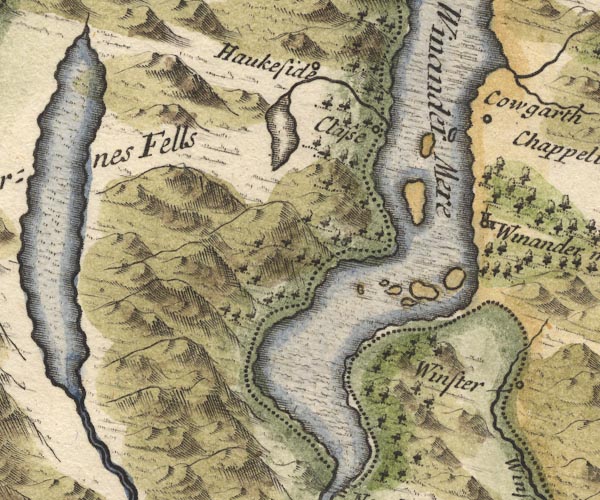
MD10SD39.jpg
"Classe"
Circle.
item:- JandMN : 24
Image © see bottom of page
placename:- Claife
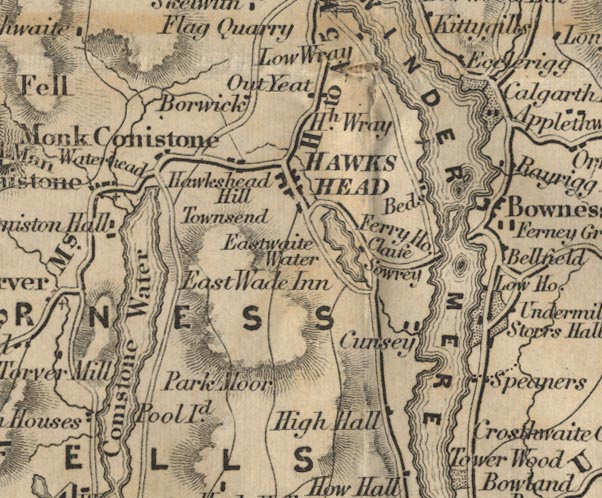
FD02SD39.jpg
"Claife"
item:- JandMN : 100.1
Image © see bottom of page
item:- ghost story; ghost
 goto source
goto sourcePage 30:- "... His driver, or some resident, will probably take care that he [a visitor] does not stay till it is more than reasonably dusk. ... it is said to be impossible, somehow or other, to get over to the Ferry Nab in the ferry-boat, except by daylight. And if you should"
 goto source
goto sourcePage 31:- "arrive at the Nab too late, you may call all night for the boat, and it will not come. The traveller may judge for himself how much of the local tale may be true. He may probably have heard of the Crier of Claife, whose fame has spread far beyond the district: but if not, he should hear of the Crier now, while within sight of Ferry Nab. If he asks who or what the Crier was,- that is precisely what nobody can tell, though every body would be glad to know: but we know all how and about it, except just what it really was. It gave its name to the place now called the Crier of Claife,- the old quarry in the wood, which no man will go near at midnight:-"
"It was about the time of the Reformation, one stormy night, when a party of travellers were making merry at the Ferry-house,- then a humble tavern,- that a call for the boat was heard from the Nab. A quiet, sober boatman obeyed the call, though the night was wild and fearful. When he ought to be returning, the tavern guests stepped out upon the shore, to see whom he would bring. He returned alone, ghastly and dumb with horror. Next morning, he was in a high fever; and in a few days he died, without having been prevailed upon to say what he had seen at the Nab. For weeks after, there were shouts, yells, and howlings at the Nab, on every stormy night: and no boatman would attend to any call after dark. The Reformation had not penetrated the region; and the monk from Furness who dwelt on one of the islands of the lake, was applied to to exorcise the Nab. On Christmas day, he assembled all the inhabitants on Chapel Island, and"
 goto source
goto sourcePage 32:- "performed in their presence services which should for ever confine the ghost to the quarry in the wood behind the Ferry, now called the Crier of Claife. Some say that the priest conducted the people to the quarry and laid the ghost,- then and there.- Laid though it be, nobody goes there at night. It is still told how the foxhounds in eager chase would come to a full stop at that place; and how, within the existing generation, a schoolmaster from Colthouse, who left home to pass the Crier, was never seen more. Whatever may be said about the repute of ghosts in our day, it is certain that this particular story is not dead."
